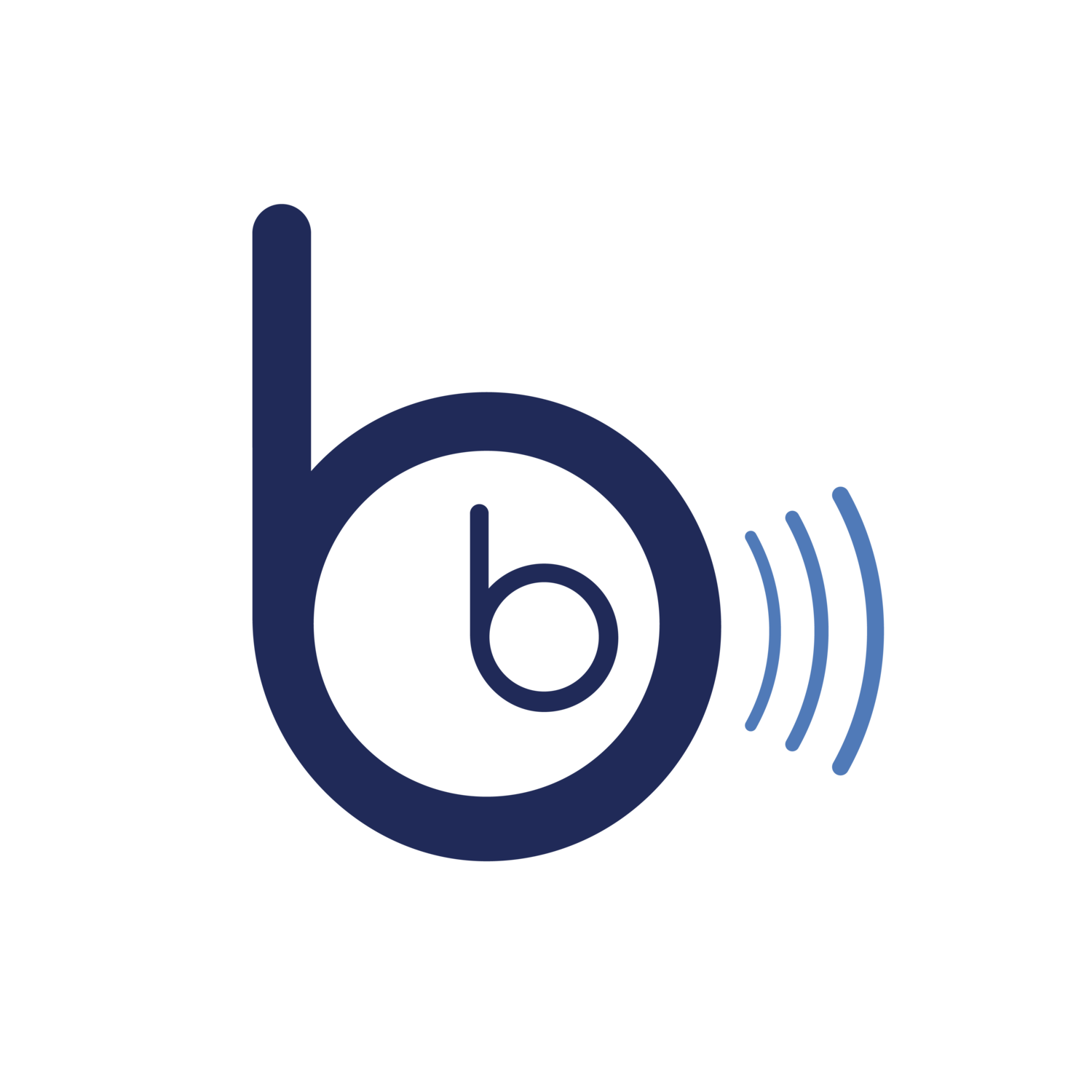6 Ways Telesonography® Will Benefit Sonographers
We’ve been talking a lot about how telesonography works and why it will benefit patients and practices. But one exciting question we haven’t answered yet is: What benefits will telesonography provide for sonographers?
What Does a Telesonographer® Do?
Before we talk about benefits, let’s review how the telesonographer role works at BB Imaging. Put simply, a telesonographer provides remote diagnostic services to our provider partners via telemedicine. This role is intended to fill care gaps and identify high-risk pregnancies in underserved and rural areas. A telesonographer completes this vital work through a cloud-based software solution called TeleScan®.
Here’s how it works, in a nutshell:
The telesonographer logs into TeleScan and selects the exam order.
They begin by reviewing provided patient charts, reports, lab results, and medical history.
The exam begins, and they evaluate cine loops as they are captured and communicate requests for additional cines as needed.
The telesonographer then puts their diagnostic expertise to work, evaluating the cine loops to identify fetal anatomy, take measurements, and rule-out patient/fetus anomalies. They can also tag a few images from the cine loops to share with the patient.
To finish up, they prep a preliminary diagnostic report, including any notes or impressions, and send it to the provider for final review.
That’s it! The BB Imaging telesonographer role is currently a hybrid position with opportunities to work in-clinic routinely. Additionally, a telesonographer will need to maintain their credentials by earning CMEs. Now, let’s dive into those benefits!
How Does Telesonography Benefit Sonographers?
1. Career Longevity
Sonographers know better than anyone how quickly and easily pain from scanning can set in. The Society of Diagnostic Medical Sonography found 90% of sonographers are scanning in pain thanks to work-related musculoskeletal disorders. Additionally, the average sonographer will scan for only five years before sustaining an injury. These injuries often result in abbreviated careers, taking sonographers’ specialized knowledge and skillset out of the industry and creating a shortage of highly experienced leaders.
Telesonography provides a way to keep that sonography expertise in the field by reducing physically demanding time with a transducer. Telesonography provides rest for sore muscles and a chance to recover from injury while still seeing patients and meeting a need for underserved demographics. “This is a great way to be able to still do what you love, but not have the strain on your body,” said Alex Knott, RDMS (AB, OB/GYN), RDCS (FE), RVT.
We have received some skeptical feedback suggesting that the telesonographer role minimizes a sonographer’s unique skillset, but we disagree. Amber Blair, RDMS, RDCS, says it best:
“Nothing can compare to the quality of highly-skilled, traditional MFM sonographers, but that level of specialized care comes at a cost to many of our arms, shoulders, and wrists. Telesonography gives our upper bodies a breather so that we can continue to provide that irreplaceable hands-on MFM care without all of the pain.”
2. Work-Life Balance
Again, sonographers know better than anyone how long some commutes can be. Some of our own team members travel to outreach clinics scattered throughout the large state of Texas, and providing a break for them was one of our goals with telesonography.
Since a telesonographer works from home on some days, they’ll be saved from those long commutes, giving them more time to spend with family, friends, and pets—or on themselves! Like other work-from-home positions, we’re hoping this provides the opportunity for sonographers to take more time for healthy habits like homemade meals, working out, breathing in some fresh air during a walk, or taking time to stretch or meditate.
And while we can’t make any promises, we’re keeping an open mind toward other work styles too. Maybe in the future, we can join the gig economy or provide ways for sonographers to earn supplemental income via an “Uber model.”
3. Ideal Workspace
Historically, sonographers haven't had much of a say in how their work environment is designed, but a telesonographer gets to create their ideal workspace. From space heaters to ergonomic chairs to height-adjustable desks, all the swoon-worthy remote work accessories can be theirs. Plus, they can ditch the scrub bottoms and sneakers and break out their best (or worst, we’ll never know!) sweatpants and slippers.
The other plus here is location independence—the ability to work from anywhere. Just ask Melissa Mercado, RDMS (OB/GYN, FE), who performs telesonography from sunny Puerto Rico:
“I'm able to spend more time at home since there's no commute. And I love working from my back patio in the sun versus being in a dark room all day.”
4. Healthier Environment
We all know by now that a key benefit of working from home is limiting the spread of disease. And even when a pandemic isn’t the primary threat, a telesonographer can still avoid the colds and flus clinical settings often expose them to.
Conversely, a telesonography position presents the opportunity to continue earning income, even if the sonographer is feeling under the weather or recovering from injury. Although we’ll be honest, we have great benefits and prefer sonographers to take time off when they need it!
5. Expanded Reach
A telesonographer has the unique benefit of reaching underserved areas with their specialized expertise. Sometimes these clinics are in dense urban areas, struggling to meet patient volume demands, and sometimes they're in rural areas where prenatal care isn’t available or accessible. Either way, a telesonographer is empowered to provide care to patients who wouldn’t receive it otherwise.
“I have had the privilege to work with TeleScan and love it,” said Sonia Graham, RDMS (OBGYN, FE). “Sure, nothing takes the place of scanning a patient in person, but this new technology helps our expertly trained eyes help more people in rural areas. In some areas, ultrasounds done by untrained medical professionals are the only accessible prenatal care mothers have. Most of these medical professionals don’t have the time or skills to pick up subtle abnormalities like we do. TeleScan helps us use our experience and knowledge as MFM sonographers to help more patients.”
Patients aren’t the only ones benefiting from the reach of telesonography, though. Onsite sonographers love having TeleScan services in their clinics because it reduces their patient volume and gives their arms more of a break too!
6. Support Leading-Edge HealthTech
Telesonography is a new, innovative technology, and it's just getting started. Our software engineers are working hard to continuously update and improve the software, and most of these improvements come directly from clinical feedback. For a telesonographer, that means having the opportunity to assist in the creation of a great product through ideas, creativity, and constructive criticism. This role isn't just on the frontlines of healthcare. It’s on the frontlines of the future of ultrasound.
“One of the core responsibilities of a sonographer is being the ‘eyes’ for the reading physician,” said Kate O’Brien, RDMS (AB, OB), RDCS (FE). “In a similar way, working on the clinical side of a new healthcare technology allows me to be the ‘eyes’ for the developers. I’m able to give suggestions and feedback about what works and what improvements can be made that only a medical professional or sonographer could give. Being able to use my experience in ultrasound to contribute to a product that will directly improve access to care and likely reduce maternal mortality gives an even greater sense of purpose to my career. No two days are ever the same in ultrasound and working with TeleScan is no different.”
How Can a Sonographer Get Involved with Telesonography?
These are compelling benefits, and we’ve seen a lot of excitement from the sonography community about this role. For sonographers who are interested in this opportunity, here’s what we’re currently looking for:
Graduate of a CAAHEP-accredited Diagnostic Medical Sonography program
Registered Diagnostic Medical Sonographer (RDMS)
Currently certified with ARDMS
OB/GYN and Fetal Echo specialties
Credentialed in Nuchal Translucency and Nasal Bone and Cervical Length Education and Review (CLEAR)
2+ years of MFM, high-risk OB sonography experience
We encourage those who are interested or want to learn more to fill out an application for the OB Telesonographer position. We’ll begin hiring this year; we're building out a bench and beginning to interview for future roles. Our goal is to create a pipeline of sonographers who are ready to take on this new opportunity so that when a facility signs on the dotted line, we’re ready to service it.
Did We Miss Anything?
Let us know in the comments what other benefits you think telesonography will bring to sonographers!

